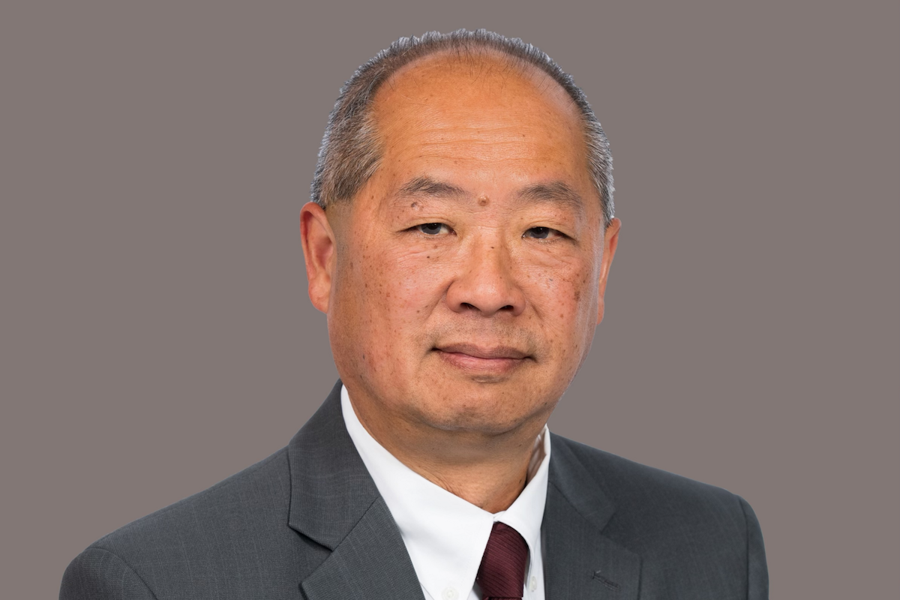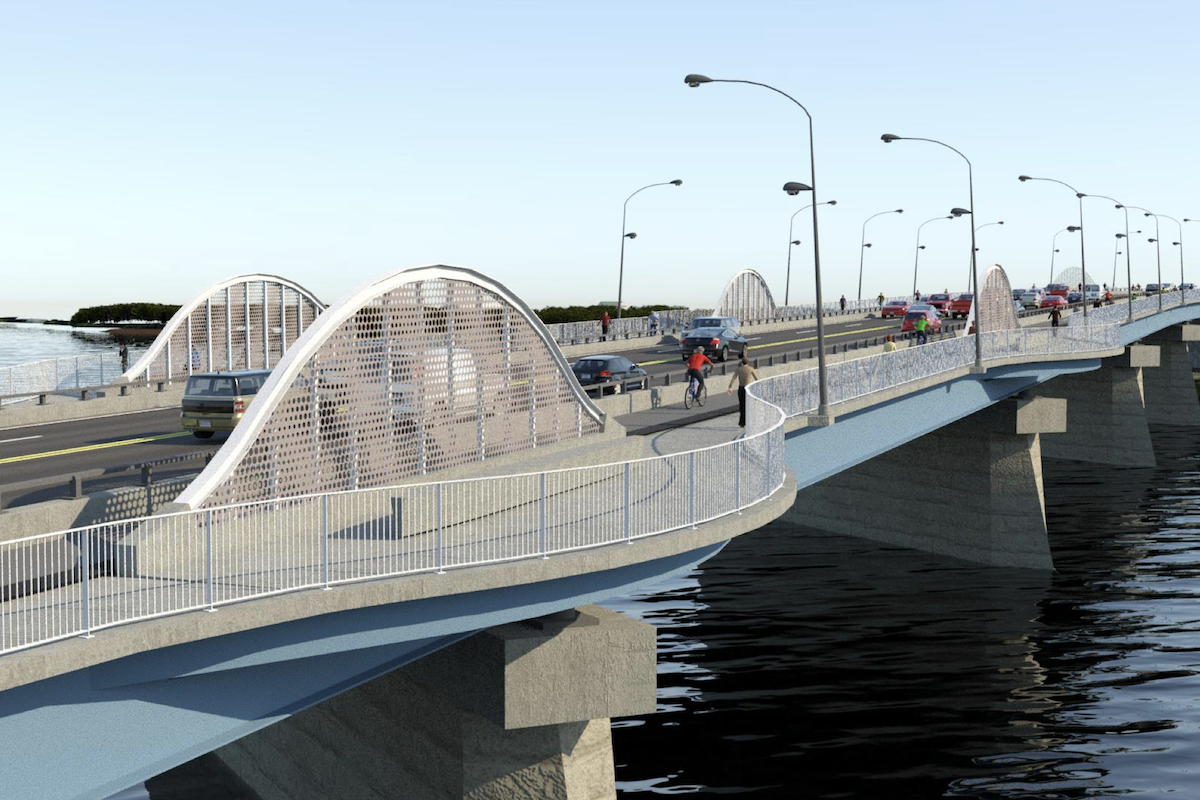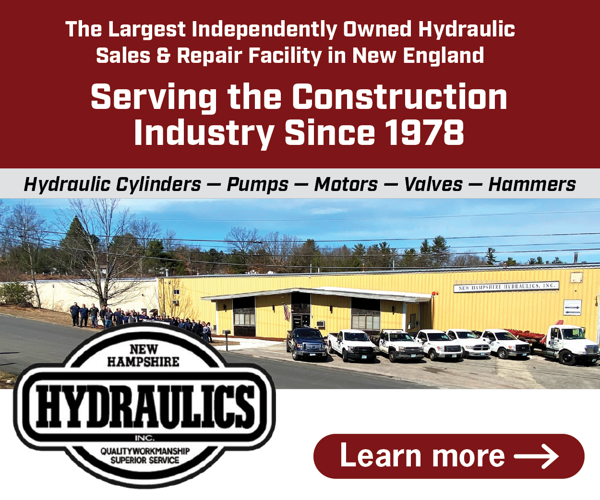“This report shows that Connecticut’s infrastructure has improved in recent years, but unreliable funding sources, increasingly severe weather, and high inflation combined with our aging systems puts forward progress at risk,” said Roy Merritt, Jr., Chair, 2022 Report Card for Connecticut’s Infrastructure. “Through the federal infrastructure bill and innovations in the field, we have an opportunity to transform the state’s built environment to support economic growth and keep residents safe.”
Connecticut roads also face significant congestion issues, ranking 8th highest in the nation with 68 percent of urban interstates facing routine congestion. Significantly, six of the top 15 freight/trucking bottlenecks in the country are located on Connecticut highways.
Bridges have benefitted from more consistent funding, a preventative maintenance focus, and incorporation of innovative materials and techniques to achieve a drastic reduction in the percentage of bridges in poor condition (from nearly 12 percent in 2018 to the national average of 7.5 percent in 2021). The state has used Ultra High-Performance Concrete (UHPC) in recent projects. However, the average National Bridge Inventory (NBI) bridge in Connecticut is 53 years old, compared to the national average bridge age of 44 years. CTDOT estimates an approximately $650 million per year gap between current bridge funding levels and long-term preservation and enhancement needs. Without additional revenue, the percentage of bridges in poor condition is expected to rise back to 10 percent by 2032.
Approximately 55 percent of the 3.6 million residents in Connecticut are served by sanitary sewers that flow to a wastewater treatment plant, meaning nearly half of residents rely on septic tanks. These systems were built prior to the knowledge of current climate impacts. Fifty of these treatment plants have been identified as “high-risk” for flooding during storm events. However, the state has been active in combatting combined sewer overflow (CSO) structures, which combine stormwater and wastewater systems into a single pipeline, and reducing CSO events, which occur when the system overflows during severe rain events. CSOs can result in contaminated local water supplies. Since the 1990s, Connecticut has spent over $1.2 billion eliminating over 130 CSO structures and reducing total CSO volume by approximately 22 percent.

| Your local Case Construction Equipment Inc dealer |
|---|
| Beauregard Equipment |
| Monroe Tractor |
Train cars operating on CTDOT’s Hartford Line and Short Line East are all older than recommended and should be replaced. By contrast, most cars on the New Haven Line are newer and less costly to maintain. Bridge condition is also a major concern. Four moveable structures (draw, swing, or lift bridges) on the heavily traveled NHL are more than 125 years old. Furthermore, out of 195 rail bridges on the MNR system, 53 MNR bridges are rated in poor condition and 108 in fair condition.





































































